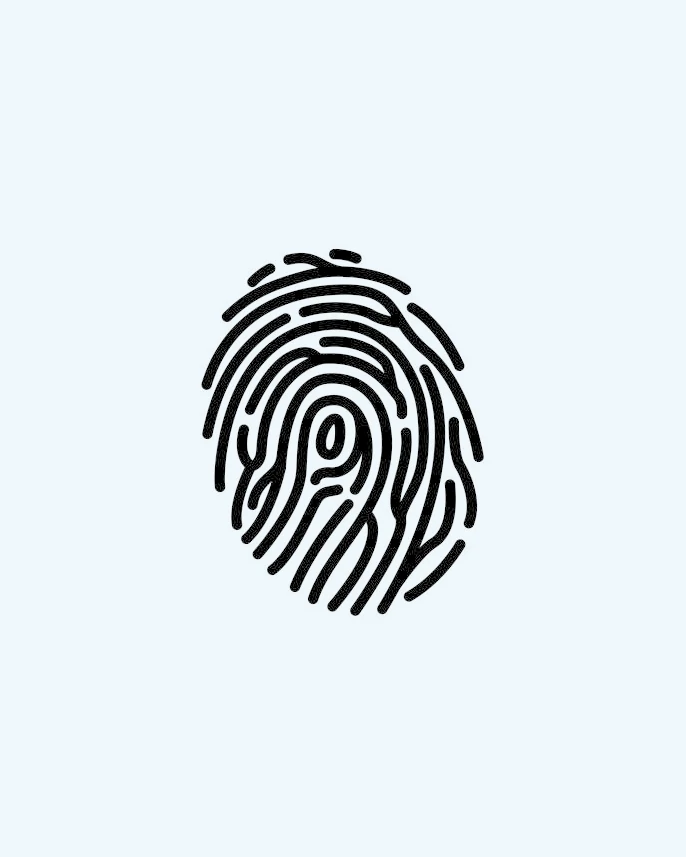Have you ever unlocked your phone with your face or fingerprint? If so, you’ve used biometrics. But what exactly is biometrics in technology? Biometrics is the measurement and statistical analysis of people’s unique physical and behavioral characteristics. In the technological realm, this method is widely employed for identification and access control, or to pinpoint individuals within groups. The term ‘biometrics’ is derived from the Greek words ‘bio’ meaning life and ‘metric’ meaning measurement.
Types of Biometric Technology
Physical Biometrics
Firstly, let’s delve into physical biometrics. Physical biometrics encompasses traits such as fingerprints, facial recognition, and iris recognition. Fingerprints are probably the most widespread biometric method. Each person’s fingerprint is unique, making it an extremely secure way of verifying identity.
Meanwhile, facial recognition technology has gained immense popularity, especially in smartphones and security systems. This technology utilizes various features, such as the distances between eyes, nose, and mouth, to verify identities.
Iris recognition, on the other hand, is often used in high-security environments. It involves analyzing the unique patterns in a person’s iris. This is incredibly accurate and has been adopted at numerous international airports for expedited security checks.
Behavioral Biometrics
Behavioral biometrics, secondly, revolves around the analysis of uniquely identifiable and measurable patterns in human activities. For example, voice recognition systems identify individuals by the sound of their voice. This is popular in virtual assistants like Amazon’s Alexa or Apple’s Siri. Additionally, keystroke dynamics evaluate the manner and rhythm of a person’s typing to confirm their identity.
Advantages of Biometrics
So, why is biometric technology so influential? Firstly, it’s highly accurate. Physical traits like fingerprints or facial patterns are unique to each individual. Secondly, it’s convenient. There’s no need to remember passwords or carry identification cards. Moreover, it’s secure. It’s exceedingly difficult for someone to fake your biometric data. Lastly, it’s efficient. Biometric systems often process information quickly, enabling swift and seamless verification or identification.
Applications and Examples
Now, let’s look at some examples. Smartphones are one of the most common applications of biometrics. From unlocking devices to authorizing payments, it offers a seamless experience.
Another instance is airport security. Airports worldwide use biometric systems for faster processing and enhanced security. For instance, CLEAR, a biometric identification platform, utilizes iris and fingerprint recognition to expedite security procedures.
Biometrics also plays a crucial role in law enforcement. Fingerprint and facial recognition are frequently employed to identify suspects and solve crimes.
Moreover, in healthcare, biometric systems ensure that only authorized personnel can access sensitive patient data.
Closing Thoughts
In conclusion, biometrics in technology involves using unique physical or behavioral traits for identification and security purposes. From unlocking smartphones to ensuring national security, biometric technology is swiftly becoming an integral part of our daily lives. With its combination of convenience, security, and efficiency, it’s easy to see why.
More info about technology awaits you at our TechBuzz.
